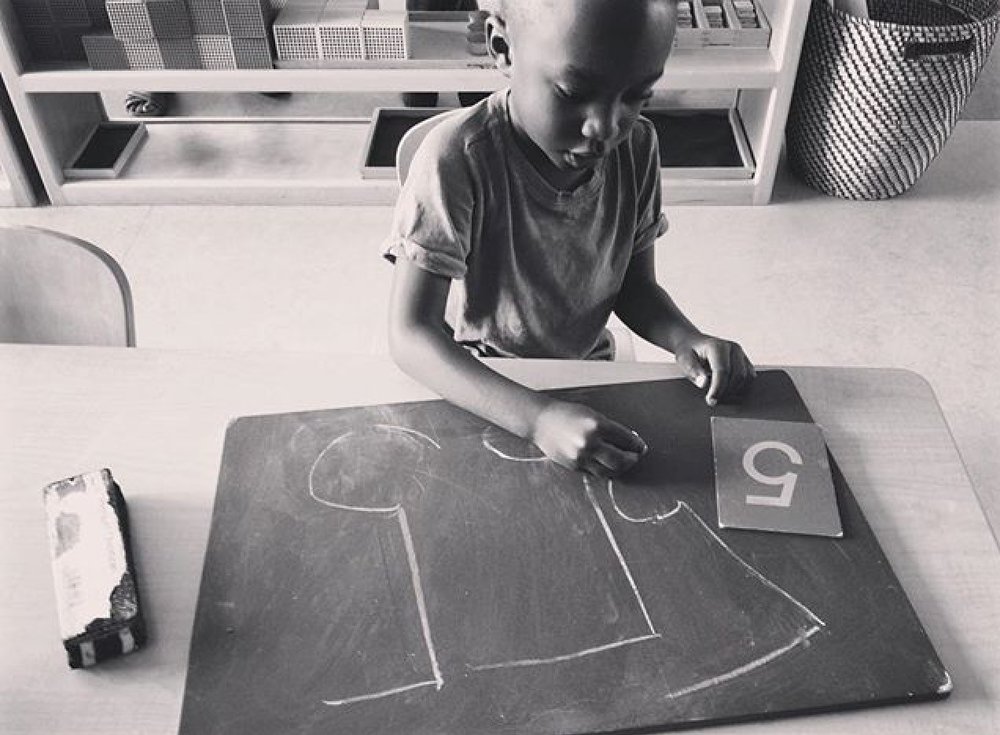

Montessori teachers are adamant about drop-offs at the door. It creates a peaceful environment where children can focus on their work. Parents, of course, have the best intentions. They love to hear about how Jenny arranges her grapes in a perfect circle around the edge of her plate every day and eats them carefully, one at a time. These anecdotes give them a glimpse into what their child does all day at school and builds trust. We are spending all day with the most important thing in their universe, after all. However, after recently attending a seminar at which Dr. Steven Hughes, a Board Certified Pediatric Neuropsychologist, spoke, the importance of protecting the children’s work space was reaffirmed with one simple metaphor.
During his lecture, Hughes, with his many titles and accolades, spoke about what you need to succeed (and he has about 8 letters after his name, he knows what he’s talking about.) You need to develop and maintain productive habits and have the ability to adapt and respond to situations. To do these things, the brain needs to be strong. Like other muscles, to get stronger, the brain has to engage in “motivated, effortful, repeated, trial and error, experimental interactions with the environment.” This describes exactly what occurs in a Montessori classroom every day. Children are shown lessons based on their interests (motivated), and are encouraged and allowed the time needed to practice until they master it (repeated, trial and error, experimental interactions).
This connection between Montessori and how the brain develops was interesting, but I was struck by another subject he explored. Our brains have different cognitive networks and a process of communication that allows something novel to turn into habit. For something new to become something intrinsic. “Take learning to drive,” he said. When first learning to drive, you have to think about every little mechanic that goes into operating and directing your car. “Do I need to accelerate?”, “How hard should I push the pedal?”, “Which pedal is the brake?” This requires a lot of focus and is not something you learn to do on a freeway. Ideally, you learn to drive in an empty parking lot or a quiet, residential street. You create conditions for active control networks to do what they need to do so this novel skill will eventually become a habit that doesn’t require so much focus and effort. In a Montessori classroom, especially a Primary room, we aim to do the same thing.
When a child’s parent comes into the room, it is distracting. Even if the adult isn’t talking to the child – their presence and voice break the concentration that is so challenging for a 3 year old brain to cultivate as they try to remember how to hold a pencil and then use that pencil to say, write their name. Hughes’ talk about active control networks and how much concentration and effort goes into the brain turning novelty into habit, confirms how essential it is to provide a calm, quiet environment for children at school.
Maria Montessori said it best, “The first essential for the child’s development is his concentration. The child who concentrates is immensely happy.” Assuming we all have the same goal in mind: to help these little people become confident, capable, autonomous beings, shouldn’t we conspire to create the conditions necessary to respect the effort their brains have to call on to get there?

